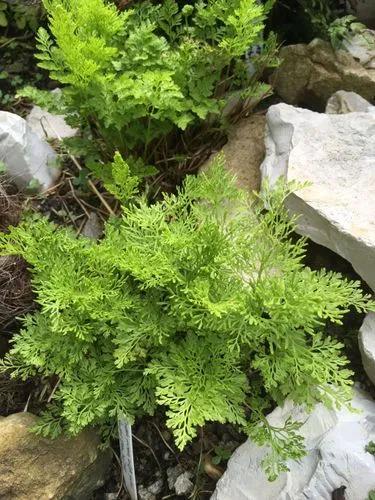This fern is known to grow to heights of 10 metres (33 ft) or more (though it occasionally takes a rare creeping form). The crown is dense, and mature fronds tend to be about 4 metres (13 ft) long and have a silver-white colouration on the undersides. This distinctive silver colouration has made them useful for laying along tracks for night walking. The scales are a dark brown and are often twisted and glossy.[5] Rhizomes very rarely prostrate, usually erect, forming a woody trunk up to 12 metres (39 ft) tall, 160 to 450 millimetres (6.3 to 17.7 in) in diameter, covered in light brown or white projecting stipe bases; bearing scales near the apex.
Silver Fern Care
Cyathea Dealbata



How to Care for the Plant

Water

As with most silver-leaved perennials, Artemisia plants are very drought tolerant. They will need regular water until the plants are established, but they can take care of themselves after that.

Pruning

Perennial artemisias can be cut back in the fall or spring. Shrubby varieties should be pruned in the spring. They can handle being cut back hard if you want to keep their size in check.

Fertilizer

Artemisias do not like overly rich soil. Since artemisias do not like rich soil, no supplemental fertilizer should be necessary, especially if you are regularly adding organic matter to your beds.

Sunlight

Artemisias grow best in full sun, but some types will tolerate some shade, provided they get up to six hours of sun.

Soil

With a few exceptions, such as Artemisia lactiflora, Artemisias need well-draining soil on the dry side. If left sitting in damp soil, they will decline and/or be short-lived.

Additional

Official lists of poisonous garden plants generally list Atemisia as a class 4 toxin, meaning that it is capable of causing dermatitis (skin) reactions upon contact.

Popularity

65 people already have this plant 16 people have added this plant to their wishlists
Discover more plants with the list below
Popular articles






